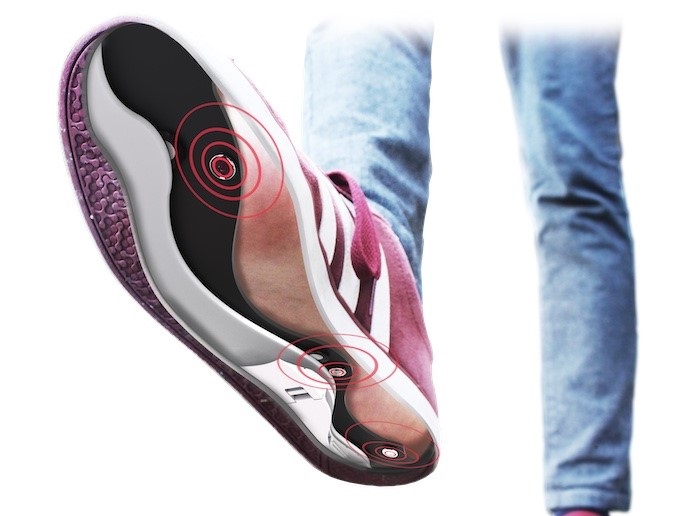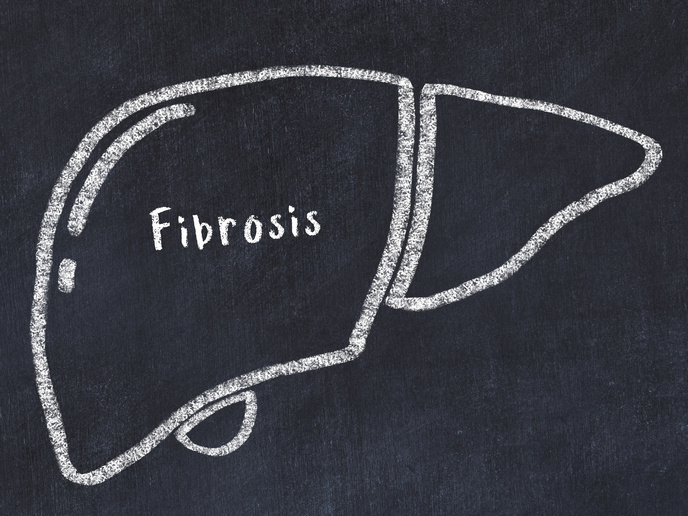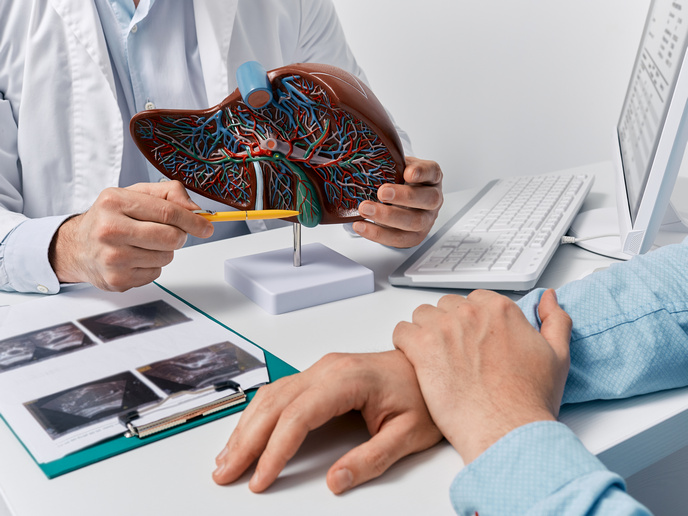Smart insoles help neuropathy patients walk with confidence
Causes of neuropathy include Parkinson’s disease, multiple sclerosis, side effects of some chemotherapy drugs, diabetes and ageing. It affects a large proportion of the population, putting them at risk of falls that may require hospitalisation. “People with neuropathy have a 20 times higher risk of falling than others of the same age. We aim to impact that by improving balance and gait with our vibrating insoles,” explains Lise Pape, founder and CEO of the United Kingdom-based company Walk With Path(opens in new window). Her own father had Parkinson’s disease. “My father was my original inspiration because I saw the struggles he had with walking and how that impacts on everyone around. So I became interested in mobility and gait, or how a person walks,” she says. “My early research involved both people with Parkinson’s and people with multiple sclerosis. When a person with multiple sclerosis who I was working with described walking on a wooden floor as feeling like walking on cotton wool, it triggered the idea of looking at sensory perception and how it is damaged in some situations so they can’t feel the floor properly when they walk,” Pape adds. The Path Feel project developed shoe insoles that monitor the wearer’s gait using pressure sensors and inertial measurement units (IMUs) – electronic devices that measure body force, angle and rotation. The insoles are paired with an app to transmit data and provide information to the user. Vibration occurs and helps the patient to walk. “The insoles vibrate, helping to provide enhanced sensation for people who have lost sensation in their feet,” she says. Patients are then able to identify when their feet touch the ground. It has some similarities to the EU-funded OrmoSys project which uses smart insoles to correct foot and posture problems.
Importance of vibration
The Path Feel project conducted a clinical trial with Manchester Metropolitan University(opens in new window) in the United Kingdom, to test the vibrating insole with people with some level of sensation in their feet, and with people who do not consciously feel vibration. “We found a statistically significant result that the insole helps improve balance and gait,” Pape remarks, adding it is still not known exactly how vibration enhances sensation in the feet, however there are several hypotheses.
Developing the prototype
Early prototypes at the beginning of the project were not robust. “But they enabled us to test the concept,” Pape notes. The project worked on making the prototype insole more durable and reducing its size. “It was important that it should fit into most normal shoes, which previously was not possible,” she explains. It required a lot of iterative testing for robustness and wear, working with footwear test houses who could test the product on a pedatron – a walking foot machine. The project also worked on the data analytics and on improving the software for the accompanying Path Feel app. This sends data from the insole’s sensors via a phone to the cloud and then to a clinician’s dashboard for monitoring. The advances enabled a new patent application to be filed during this project.
Pandemic delays
The 2-year project duration was extended for a third year, as during the COVID-19 pandemic many people with diabetes passed away, making it difficult to recruit for trials. It also became very hard to source the electronic components needed, due to trade disruption from source countries, Pape says. But for any medical device, managing the regulatory process is key. Work was carried out for submission to the United States Food and Drug Administration(opens in new window) (FDA) for approval, which she notes is expected to be faster than in Europe for such devices. “We’ve not yet done full-scale commercial production,” she says, “but we’re close to commercial launch later this year with an American partner.”







